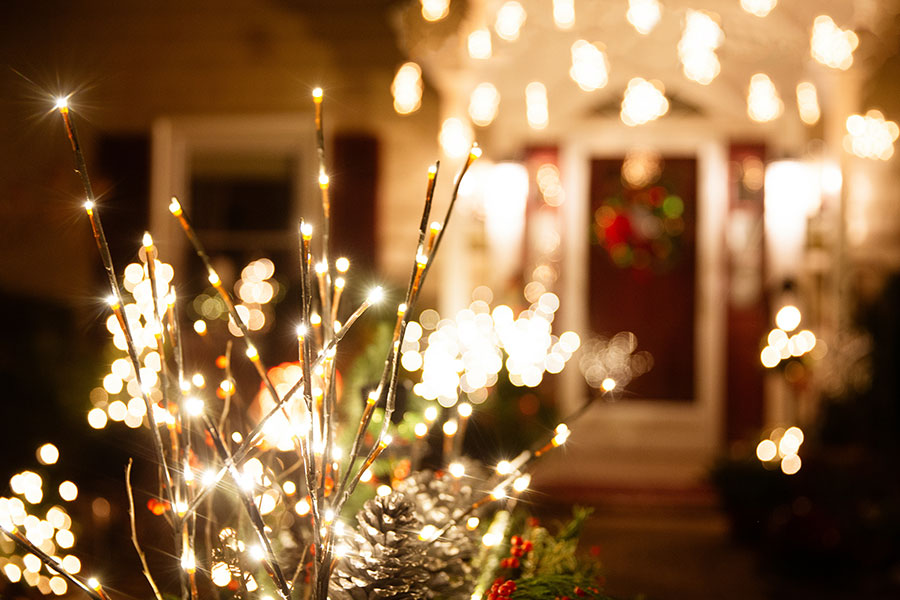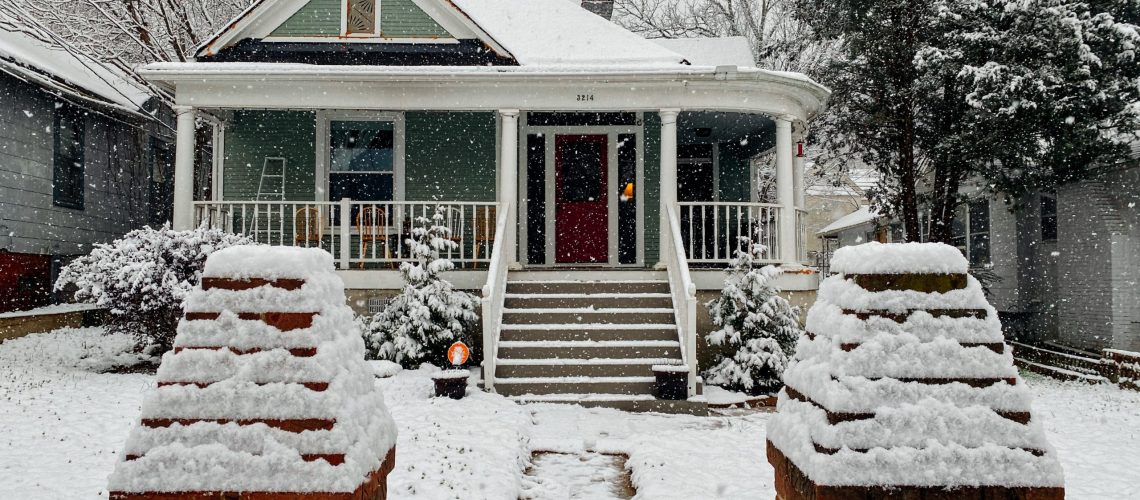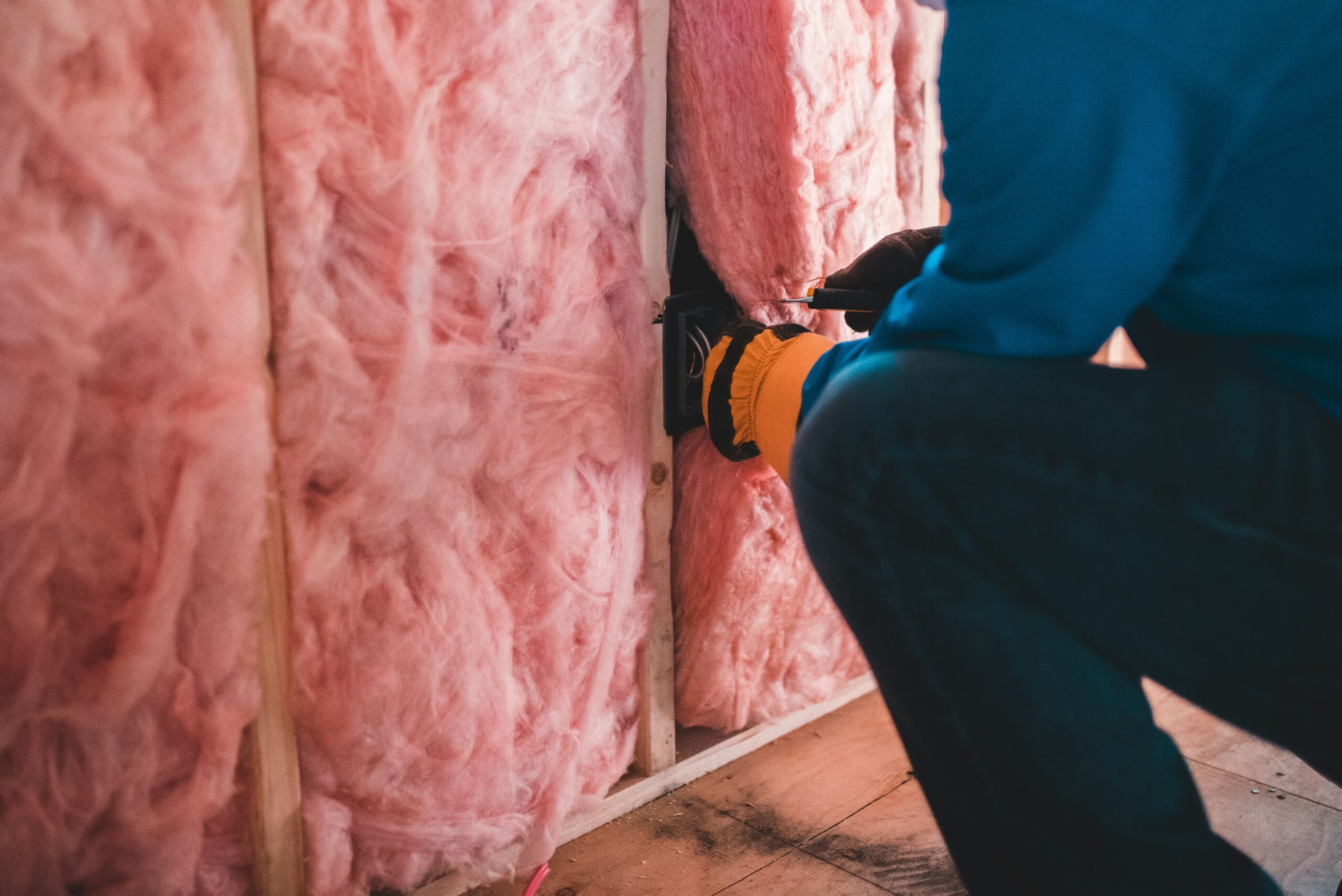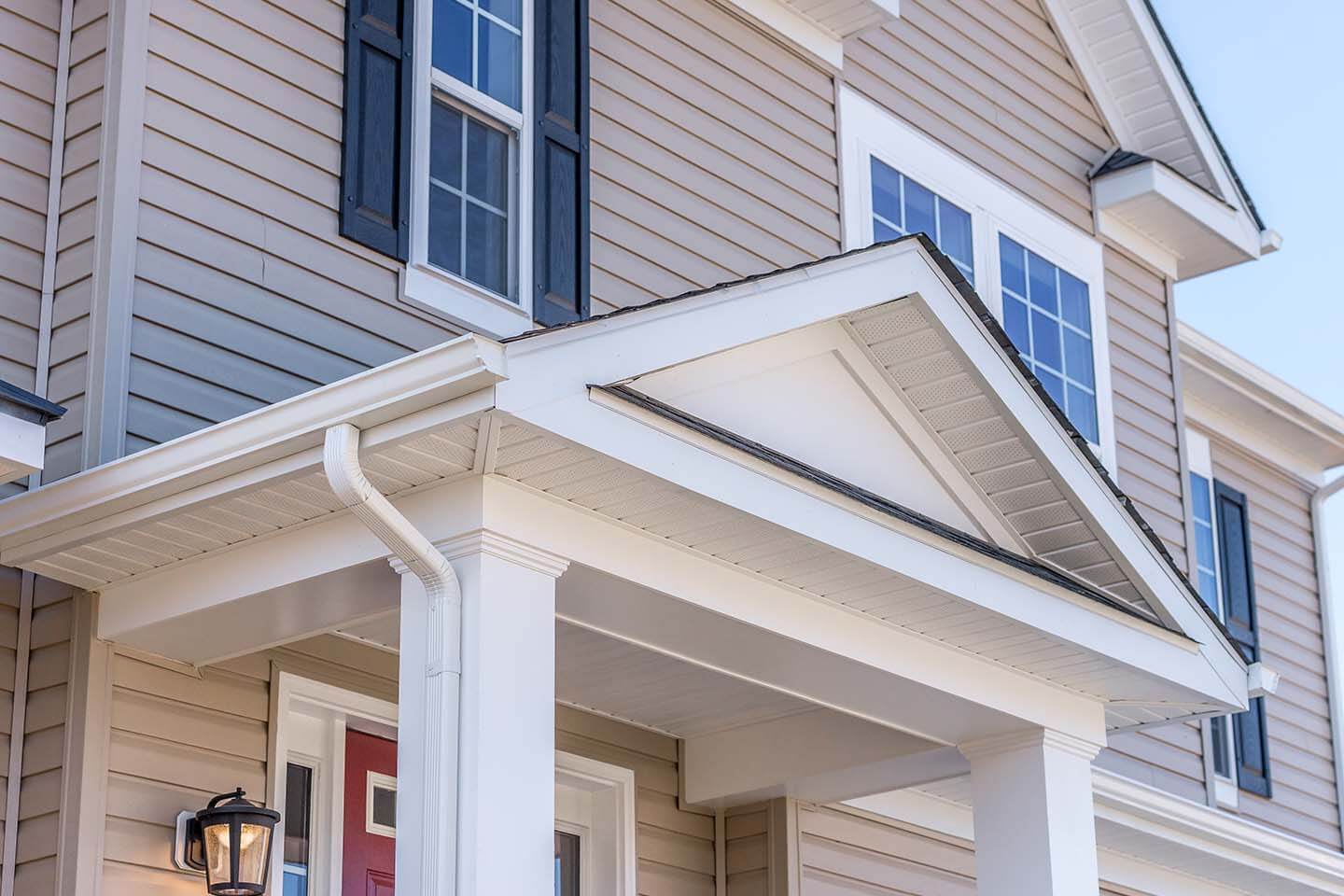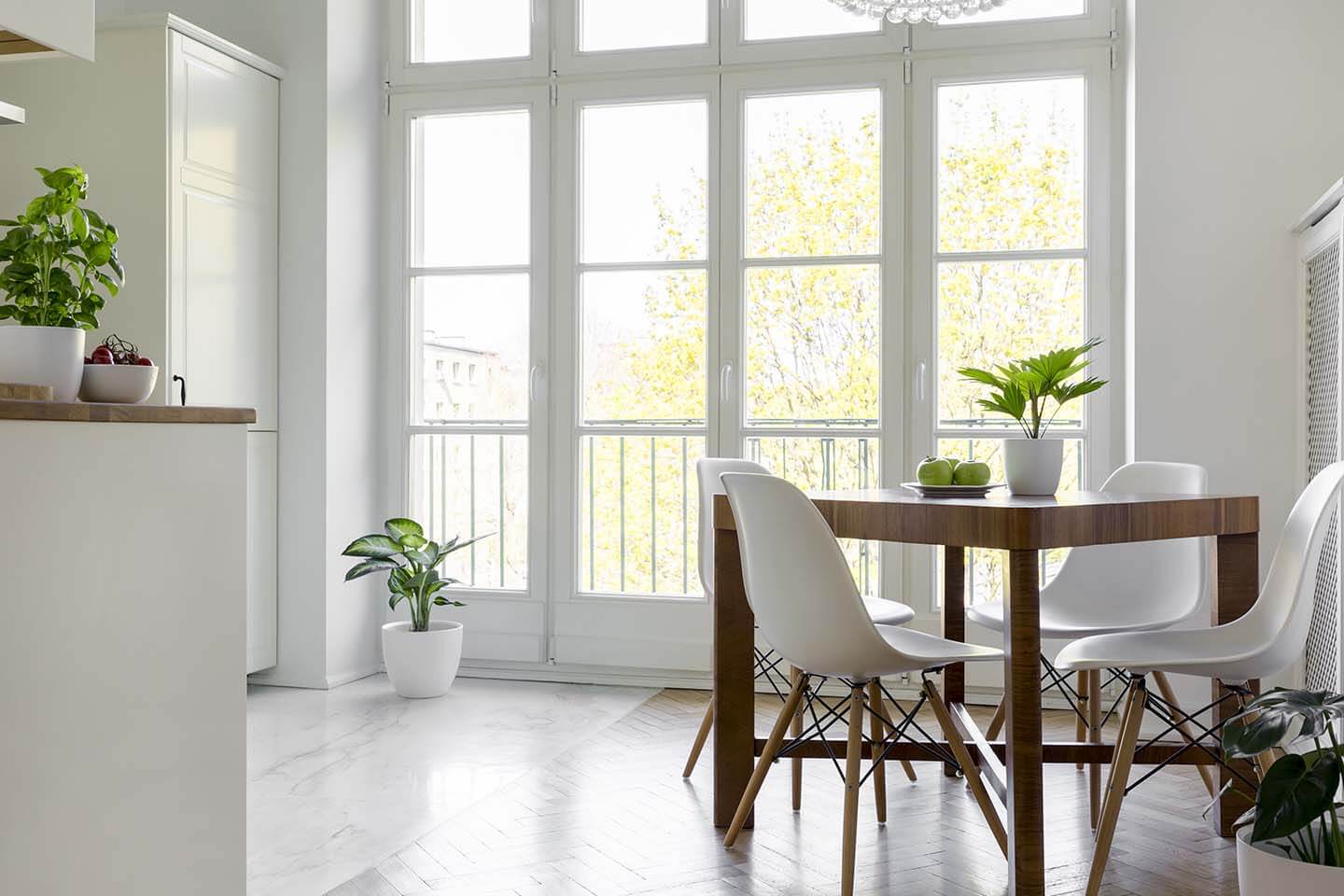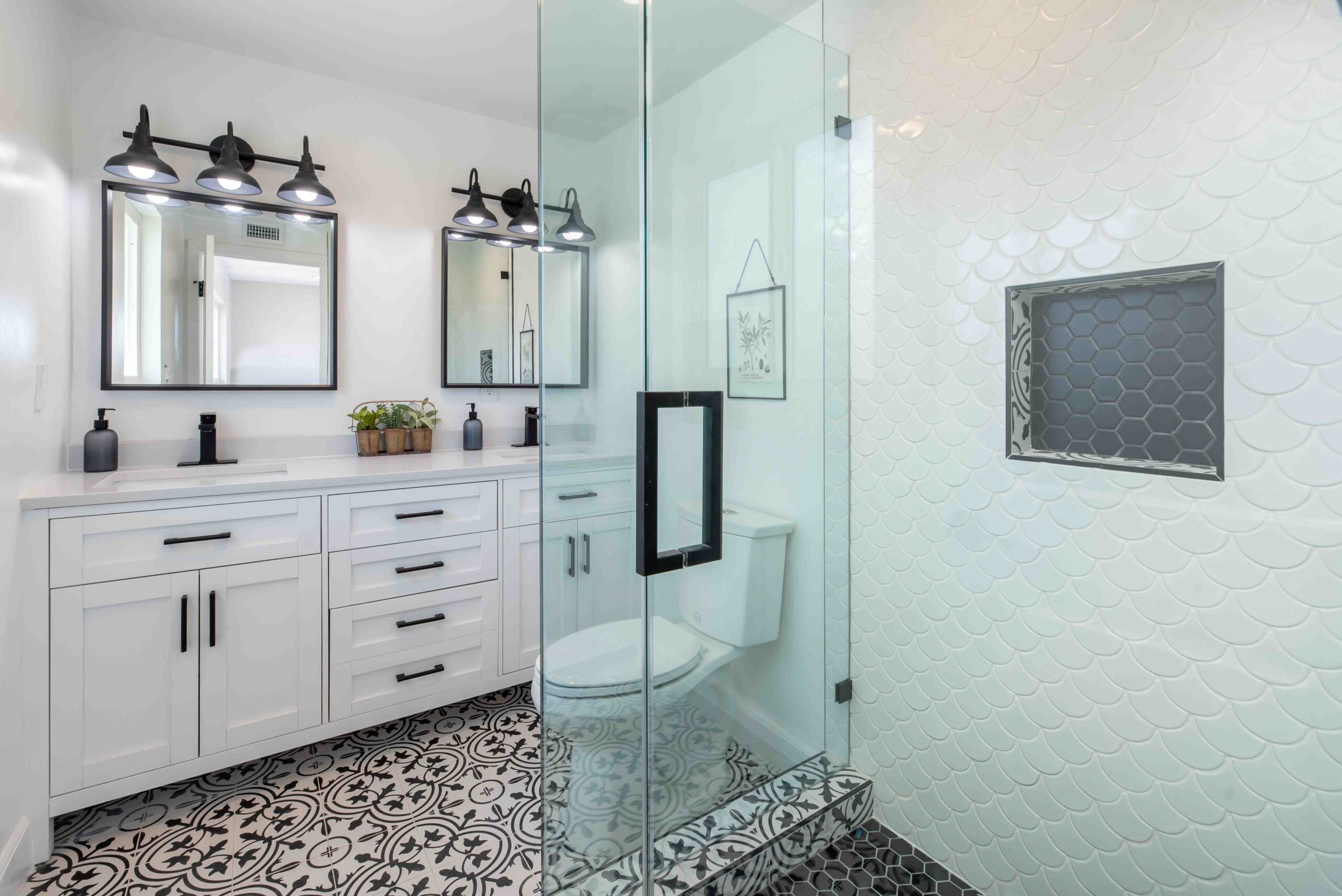The winter is a challenging time of year for homeowners, with cold and snow keeping you inside your house more often than not. That doesn’t mean there isn’t still some work to be done, though! With the right maintenance tips and tricks, you can keep your home running smoothly throughout the colder months—and save money in the process. Here are some of our favorite tips for winter home maintenance:
Keep Chimneys Clear
For most people, a fireplace is a source of comfort and warmth. But if you’re not using your fireplace, or if you only use it occasionally, it might be time to consider sealing the chimney. This will prevent birds from nesting in your flue and keep out other critters that could cause damage.
If you do use your fireplace regularly, an annual inspection is essential before the start of each season. The inspector should check for any cracks or gaps in the mortar between bricks; ensure that there are no obstructions such as animal nests inside; and perform other safety checks to make sure everything is running smoothly. If any repairs need to be made before winter begins, they should be made as soon as possible so they don’t have time to freeze up before spring arrives again!
Top Up Insulation
It’s important to keep your home warm, especially in winter. If you want to keep warm and save money on heating bills, then insulating is the best way! Insulation can be added to many different areas of the house. You can insulate walls or floors, or even insulate windows and attics. If you have insulation installed, it will help keep drafts out of your home and make sure that there is no cold air getting into the property. You should check whether your current insulation needs topping up – if it does, then a professional will be able to give you advice on what needs insulating before they start work.
Test Smoke and CO2 Alarms
It’s important to test your smoke detectors and CO2 alarms regularly. They serve the critical job of alerting you of danger, but they can fail if they are not regularly maintained. Test them as follows:
Test the battery by pressing the test button on each detector or alarm. If it makes any sound at all, replace the batteries with new ones immediately.
Check to make sure both detectors are working properly after replacing old batteries with new ones (you may need a ladder for this). This can be done by pressing their test buttons at different times (one after another), or simultaneously if there is only one detector per room/area being tested. If either alarm goes off, then assume its battery or sensor needs replacing ASAP!
Drain and store outdoor water hoses.
If you have a hose to store, make sure it’s drained of all water and stored flat in a dry, protected area. The sun can damage the rubber or plastic on your hose, so keep them out of direct sunlight. Also, don’t store hoses next to anything that could puncture or tear them (like a lawnmower).
Check seals
Are your doors, windows and vents properly sealed? You want them to be tight enough that they don’t leak cold or heat, but not so tight that you have trouble opening them. If there’s a draft around one of these areas, try adding weather stripping to the door frame or window casing.
Furnace tune-up
Check the filter on your furnace. If it’s clogged, replace it.
Set your thermostat to the right temperature. Be sure to set it higher in winter and lower in summer as needed.
Make sure that your air distribution system is working properly (this can be done by turning on a fan and observing how it blows air around). If you have an older system, consider replacing it with one that uses modern technology.
Check the fan in your furnace to make sure that it is spinning freely without any unusual noises or vibrations; if not, take care of whatever problem there may be before heating season begins again!
Insulate hot water pipes
Before you do anything else, make sure you insulate your hot water pipes with pipe insulation. This can be as simple as wrapping the pipe in a blanket or putting it inside of an old sock. If you want to take the extra step, try using a heat tape or heat cable instead. You can also use a thermostat to control the temperature of your hot water system so that it doesn’t dip below 60 degrees when no one is home (this will save on energy costs).
Conclusion
Winter can bring with it harsh weather conditions, so it’s important that your home is prepared! Need help tackling this maintenance list? Give Capital City, the leading handyman in Springfield IL, a call today!
